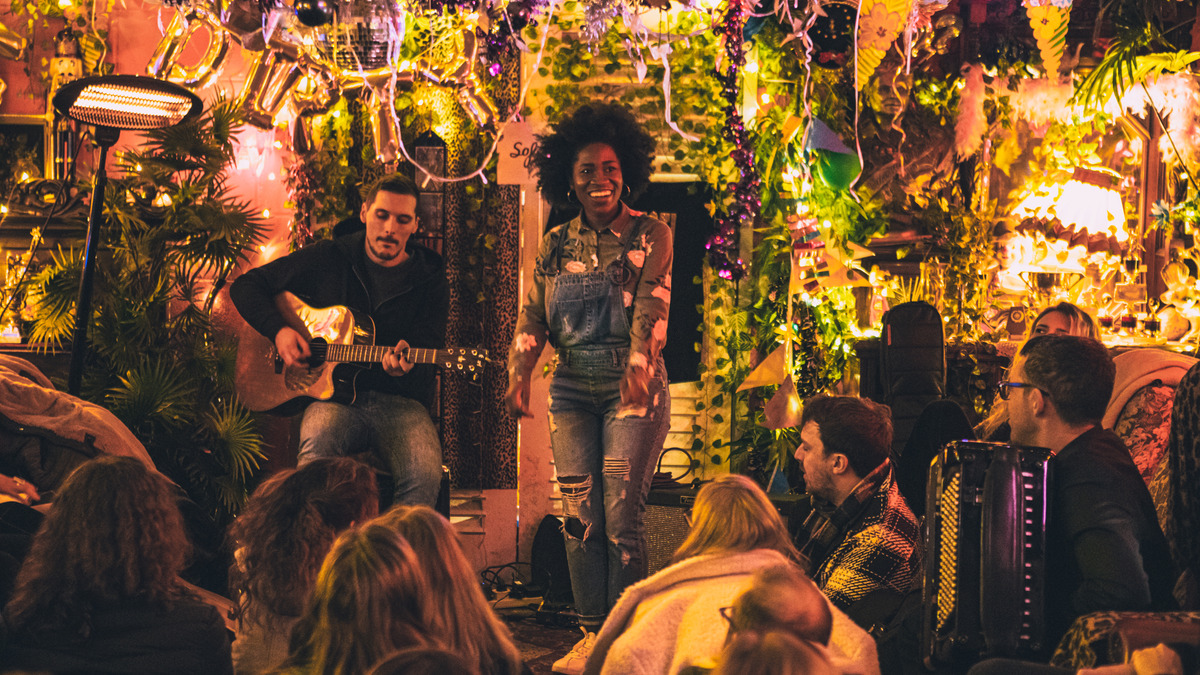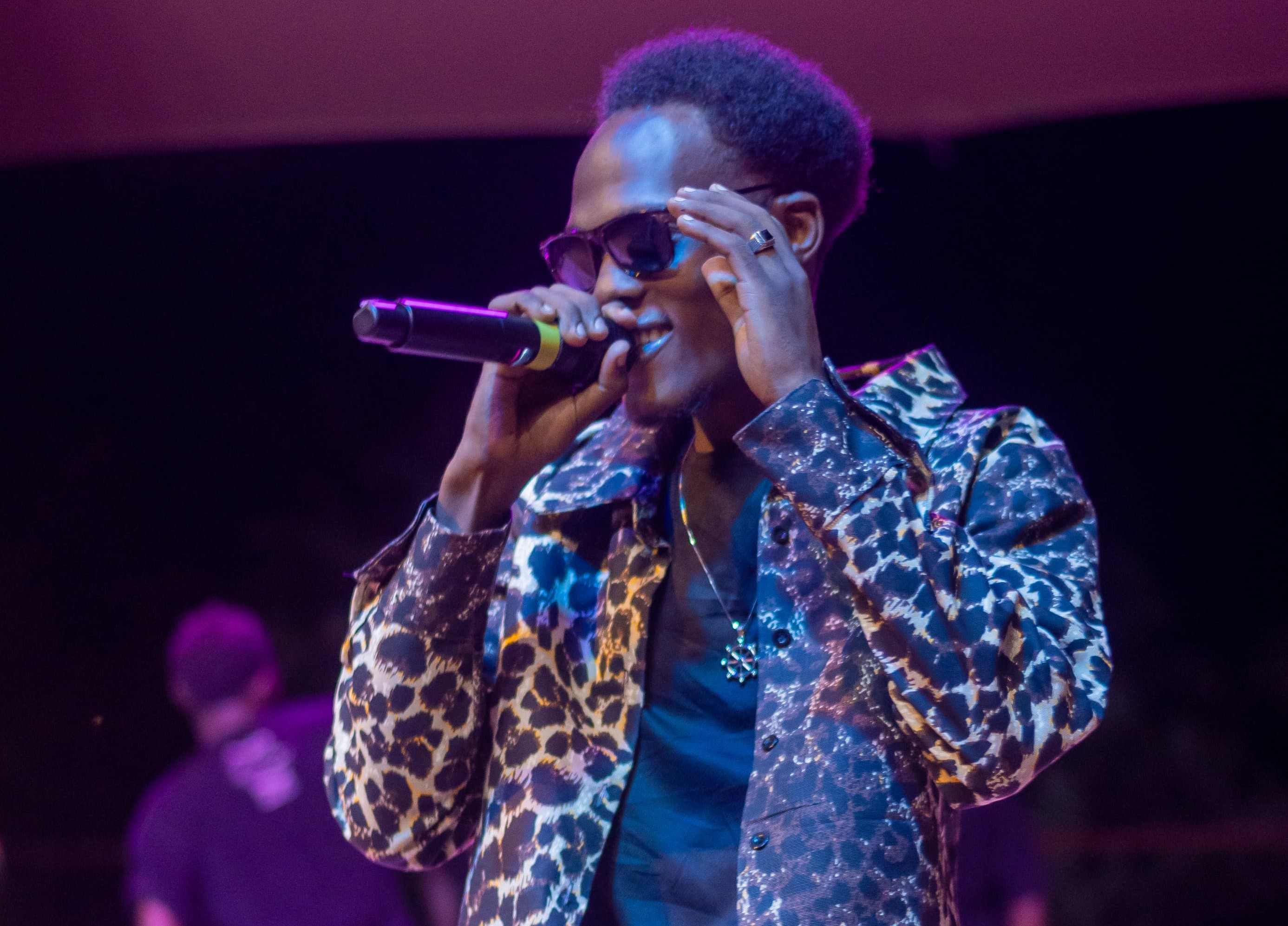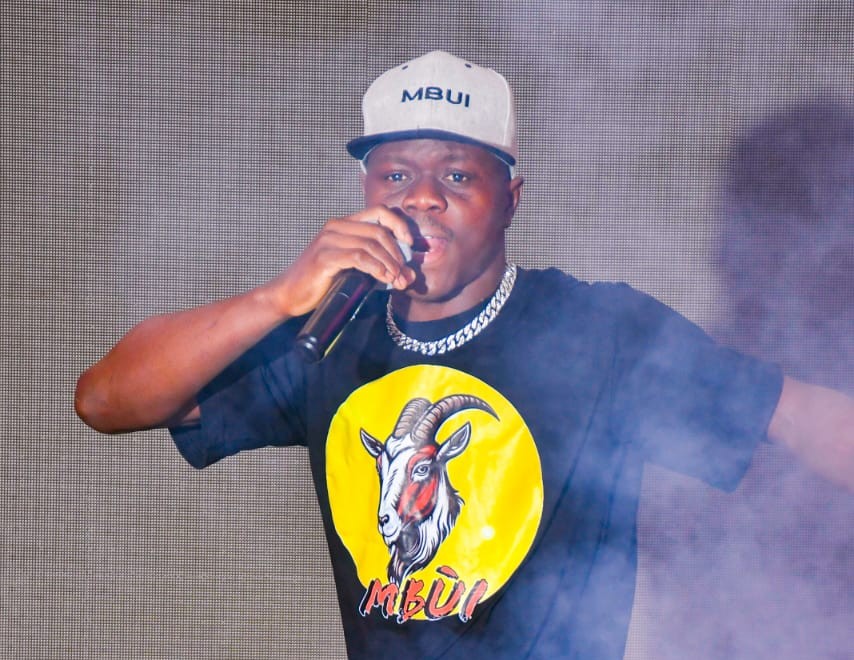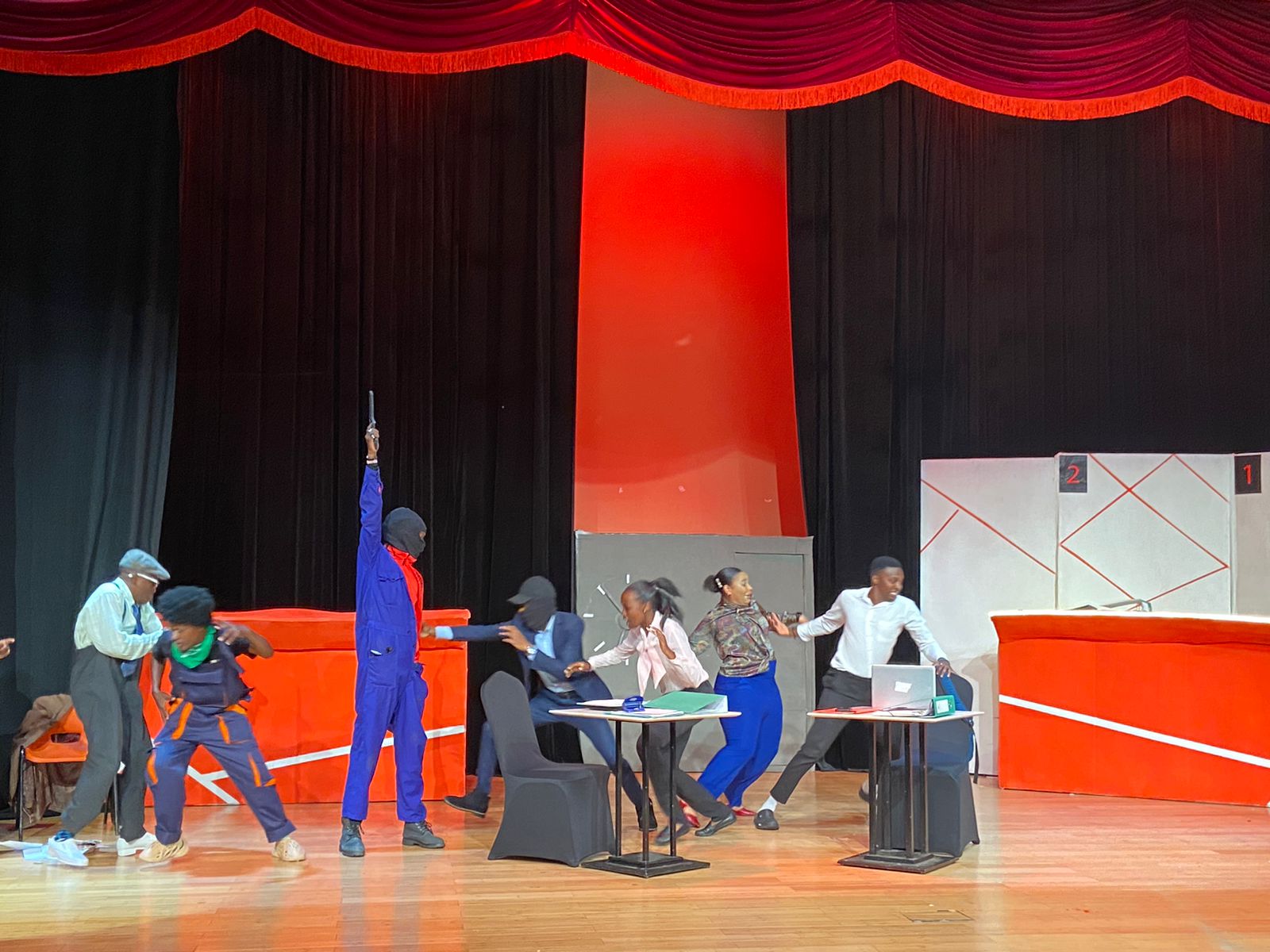As the last strums receded, a chilly draft rattled the skeleton bamboo windchimes on the rafters, carrying the poet's voice through the room.
“The captain’s father had written,
‘Son, by heaven’s gate, I see my fate,
I see calling for me, my mates,
So, look to the hunter in the sky and see me,
But if there’s one thing I’ve never doubted,
I’ve never doubted your courage…’
‘From my arms, you were cruelly taken, my darling,
How so could fate be cruel on our wedding night?
Oh, shepherd, our honeyed marriage,
Won’t be deaf to longing….’ The young gunner on the frontlines had received.
One’s son had just been born, and another just wanted glory. As the fire team ran through the tunnels, they could hear the steps of the enemy above them, even as others bade for their blood in the tunnels.
I couldn’t help but hear a few sniffles in the dimly lit room with the band illuminated at the center in a wash of candlelight.
Well, the set was perfect in every way, the light was right, the choice of venue, a dug-out cave by the sea, band attire, and decorations painted a scene of buried memory too painful to forget. ‘The Manifesto of My War,’ so he called it.
The artist understood that emotion is a key memory trigger and explored sensory design, making sure that he gave his audience their money’s worth.
Why Sensory Design Matters
Human emotions are intricately linked to sensory cues, making sensory design a powerful tool in shaping experiences. Research indicates that certain brain regions involved in mood regulation are sensitive to light intensity.
Light exposure significantly impacts our mood and cognitive functions. Consequently, as an artist, lighting is a crucial element in the curation of your shows.
Here are a few dynamic lighting pointers:
• Warm lights = comfort
• Blues = calm or solemnity
• Reds = urgency or excitement
Some studies also reveal that elements like room layout, ceiling height, and spatial openness can affect feelings of comfort, stress, and engagement. This very much dictates the setup of a concert in consideration of venue size, stage position among others.
Set Design
Stage and spatial design are pivotal in shaping crowd behavior during events. Here are a few pointers to consider;
Proximity to performers: Thrust stages, which extend into the audience with seating on three sides, foster a more intimate setting, enhancing visibility and connection between performers and attendees.
Flow of movement: Clear entry and exit routes, along with well-planned pathways, prevent bottlenecks and ensure a steady flow. Implementing a comprehensive crowd management plan that includes designated roles for staff and clear instructions for managing crowd flow is crucial.
Use of levels or immersive environments (e.g., 360° setups)
Additional Tips;
Use soft corners for intimacy
Open plans for high-energy events
Layer visual elements (fabrics, screens, props)
Scent: The Overlooked Power Player
Scents directly impact mood and memory. Odors take a direct route to the limbic system, including the amygdala and the hippocampus, the regions related to emotion and memory, and if well exploited, can lead to a memorable set.
Here are a few tips:
• Lavender or eucalyptus = calm (wellness events)
• Citrus or peppermint = alertness (corporate sessions)
• Vanilla or cinnamon = warmth (festive or cozy atmospheres)
• Practical tip: Use scent diffusers placed discreetly near vents or stage areas.
Practical Guide
Creating a sensory-rich event doesn't require a lavish budget. Here’s a practical guide to get you on the go.
Sensory Event Planning Starter Kit
Scent
• Considerations:
o Choose scents that align with the event's theme and desired mood.
o Be mindful of attendees' sensitivities; opt for subtle fragrances.
• Testing:
o Use scented candles or diffusers in a small room to gauge reactions.
o Solicit feedback from a diverse group to ensure broad appeal.
• Budget Hacks:
o Create DIY scent bars using essential oils and reed diffusers.
o Utilize scented candles strategically placed to enhance ambiance.
Lighting
• Considerations:
o Adjust lighting to match the event's phases (e.g., bright for networking, dim for performances).
o Incorporate colored lighting to evoke specific emotions.
• Testing:
o Set up lighting scenarios in a controlled environment to observe effects.
o Gather feedback on comfort and visibility.
• Budget Hacks:
o Use battery-powered LED lights for flexibility and cost savings.
o Employ string lights or lanterns for a warm, inviting glow.
Spatial Layout
• Considerations:
o Design the space to facilitate easy movement and social interaction.
o Incorporate varying levels (e.g., stages, platforms) to add depth.
• Testing:
o Conduct walkthroughs to identify potential bottlenecks or obstructions.
o Observe attendee flow during small gatherings to make necessary adjustments.
• Budget Hacks:
o Use furniture arrangements to define areas without additional structures.
o Employ rugs or floor markings to guide movement subtly.
Sound
• Considerations:
o Balance background music to enhance ambiance without overpowering conversation.
o Ensure acoustics are suitable for the event's activities.
• Testing:
o Play selected tracks in the venue to assess sound quality and volume.
o Seek input on music preferences and volume levels.
• Budget Hacks:
o Create playlists using streaming services to avoid DJ costs.
o Use portable speakers strategically placed for even sound distribution.
For more tips on how to make your next event memorable, kindly reach out to TikoHUB.



